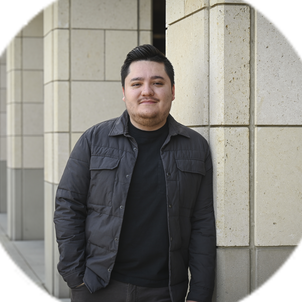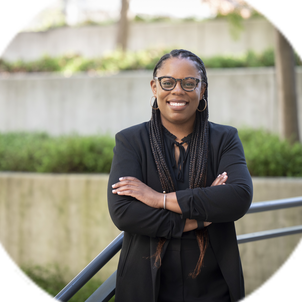At Stanford, I realized there was this beautiful, messy, interdisciplinary field of computational linguistics that takes approaches from math, engineering, and linguistics to teach computers to process and understand language, and perhaps even speak as we do. It’s fascinating work, and finding it was a huge moment for me.
Today I work on how to make technologies that function across language and that are considerate of different people, culture, and languages. This often leads to deep technical and social questions around how things are built, how they’re designed, who they’re for, and how they should evolve.
Most recently I was in charge of international product expansion at Slack, where the focus is how to help people work and communicate in their workplace. I led the teams that launched the platform in 10 languages, and that built out the language technology infrastructure that powers that capability. One core part of my work was going with a team of researchers and engineers to different regions around the world to better understand how work happens in different places, and how we could better serve people where they are. We looked at technical issues like infrastructure and connectivity in Bangalore, and saw how it differed from places like São Paulo or San Francisco. We also considered societal issues, such as how workers in Brazil use technology in their work, or rely on their phone to communicate with colleagues, and how that may differ from people working in places like Tokyo. To do this right, it takes both listening deeply and then partnering with the people the tech is meant to serve before deciding what to build.
To me, this work is important because it’s rooted in questions of access – both to technology and to a high-quality experience that’s respectful of different languages and culture. The early stages of tech development often includes a lot of deeply baked-in assumptions by the people who build it – both on the technical and the product side. A lot of my job was to bring those assumptions to light, to poke at them, to see where they held and where they didn’t, and to figure out what needed to change so more people around the world could use what we’ve built.
Engineering is a connector across different problems and people, with a focus on finding solutions to tricky problems. As an engineer you’re given skills, analytical tools, and approaches that can be applied to any creative field – even those you may never have thought would benefit from them. For me, it’s been a window – and a path – into the world.
Related spotlights

Lara Weed

Sebastian Fernández

